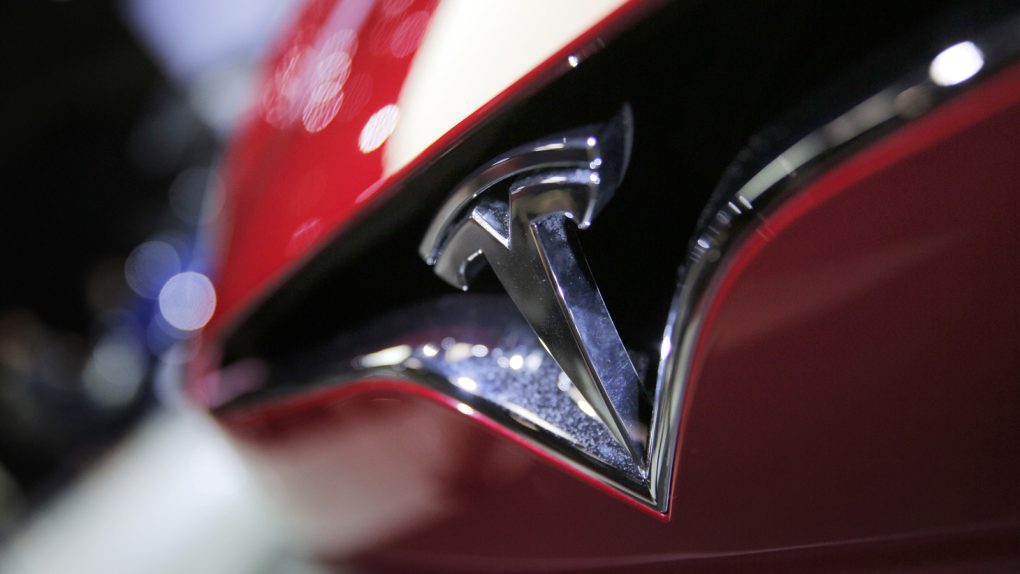Tesla may have started out as a niche automaker, but Elon Musk over the last few years has masterfully transformed the company into a force to be reckoned with. Buoyed by the immense popularity of the Model S and later the Model X, not to mention unexpectedly high demand for the Model 3, Tesla has morphed into a legitimate auto industry player. What’s more, and all the more impressive, is that Tesla’s success has had a huge impact on the entire industry, prompting many established players such as Porsche and Mercedes to devote billions of dollars towards EV development.
Looking ahead, Tesla’s future looks remarkably bright, its issues regarding autonomous driving notwithstanding. Not only is demand for the Model 3 through the roof, but Tesla over the next few years plans to expand its vehicle lineup with the addition of a semi-truck, a revamped Roadster, a pickup truck, and a crossover version of the Model 3 dubbed the Model Y. That said, a recent research note from Morgan Stanley analyst Adam Jonas claims that the cumulative number of Tesla vehicles on the road may reach 32 million over the next two decades.
In a note obtained by Electrek, Jonas articulates that Tesla’s on-road fleet of vehicles will grow from 300,000 by the end of this year to 531,000 by the end of next year. Beyond that, Jonas’ projections grow even bolder.
“By early 2023, we forecast Tesla’s car population to have multiplied 10x compared to year-end 2017,” Jonas writes. “Looking a bit further out to 2040, we forecast the total number of Tesla vehicles in use (including Tesla Mobility and Tesla Consumer and net of scrappage) to be nearly 32 million units, or 107x higher than the 2017 level.”
Truth be told, it’s hard to take projections two decades out all that seriously. If anything, it remains to be seen if Tesla can even meet its overly ambitious goal of increasing production to 500,000 units by the end of 2018. Even if we assume that Tesla can meet its manufacturing goal, the automotive landscape is changing faster today than it has in decades. Consequently, predicting what the industry will look like in 5 years, let alone 23, is challenging enough. To help illustrate all that can happen in just five years, consider this: five years ago, the Tesla Model S was barely three months old.
All told, the next few years will be incredibly interesting to observe. Not only will we see Tesla roll out a handful of new vehicles, it remains to be seen if they can ramp up production as promised. What’s more, Tesla over the next few years will face increased competition from sophisticated industry players like Porsche. Nonetheless, it’s worth noting that no one over the past few years has made any money betting against Elon Musk.








